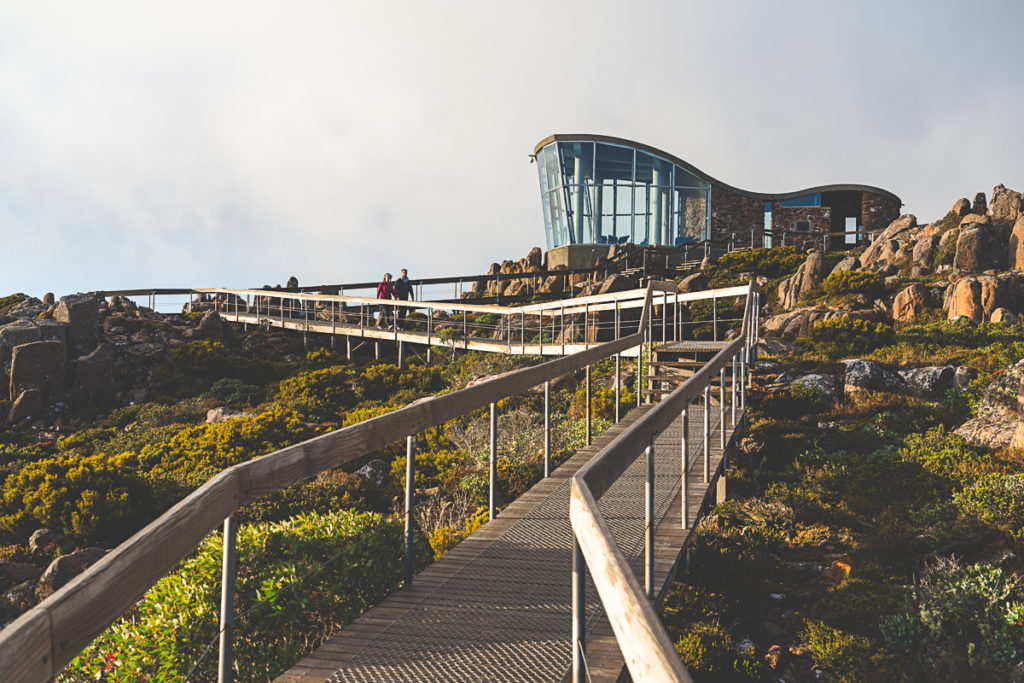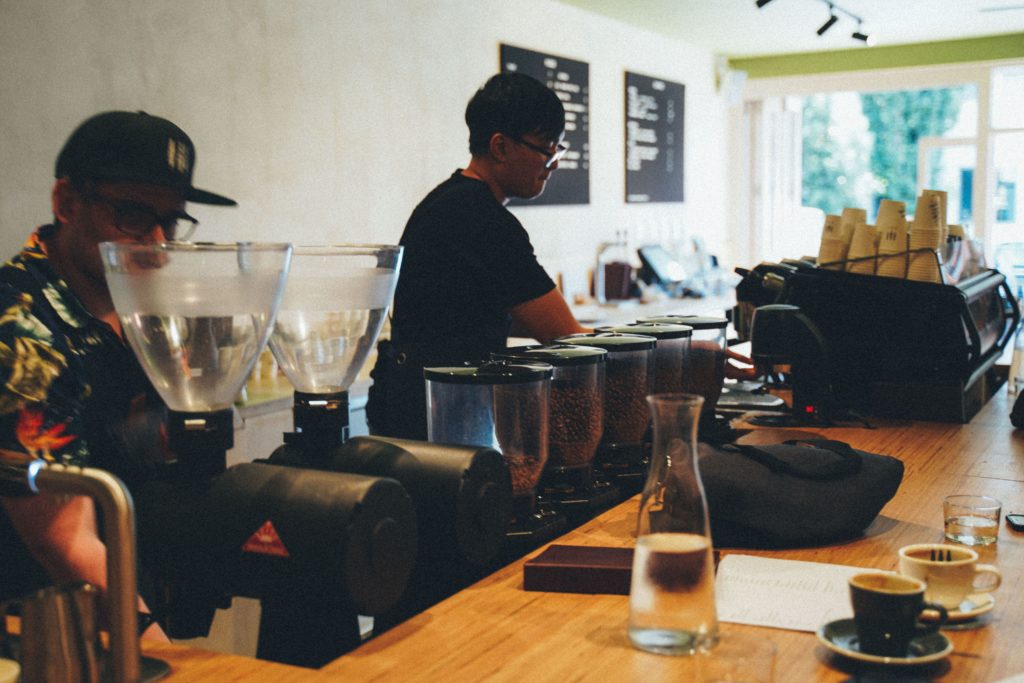Tasmania is a beautiful island state located off the southern coast of mainland Australia. Affectionately referred to as ‘Tassie’, the state is well-known for its stunning World Heritage-listed natural landscapes, sweeping coastlines, arts and culture scene, award-winning vineyards and organic food growers.
But there’s a lot more to Tassie than its incredible attractions; the state is also a fantastic place for graduate employment. As an international graduate, there are many benefits to living and working in Tasmania. We’ve put together a list of reasons you should choose to stay in one of Australia’s most iconic destinations after you finish your studies.
Post-study work opportunities
As a graduate, you can stay in Tasmania by applying for a Temporary Graduate visa or additional visas through the Tasmanian skilled migration program in order to live and work in the state after your student visa expires. Tasmania has high demand for skills in many different areas including engineering, construction, hospitality, healthcare, teaching and several professional services. Because Tasmania has a relatively high average age of workers in many industries, there are increased opportunities for graduates to take on rewarding and challenging roles.
Several Tasmanian companies hire international students for their graduate programs each year. To search and apply for roles in these graduate programs you can visit job sites like SEEK, GradAustralia or GradConnection. You can also check out our guide to finding a job in Tasmania.
Regional classification
The Australian Government classifies Tasmania as a regional area. This means graduates may be able to gain extra years on their Temporary Graduate visa, allowing them to live and work in Australia for longer.
Hobart and surrounds are classified as Category 2 regional areas, while the rest of the state is classified as a Category 3 regional area. International graduates with a bachelor or higher qualification from a regional campus in a Category 2 area will be eligible to access an additional year in Australia on a post-study work visa, while graduates in a Category 3 area will be eligible to access an additional two years in Australia, as well as priority in negotiating region-specific Designated Area Migration Agreements (DAMAs). The DAMA framework means employers in designated areas are more easily able to offer international graduates a visa sponsorship to live in Australia and work in their business.
Employment support
In Tasmania, there’s lots of employment support available to graduates.
Study Tasmania is very proactive when it comes to helping international student graduates maximise their employability. Study Tasmania works with the University of Tasmania to facilitate their highly regarded and extremely effective I-PREP program, which has been specifically designed for international students. This is a ‘work-ready’ program that focuses on expanding your understanding of Australian workplace processes and culture, improving your English language skills, helping you with the job search, applying for positions and interviewing for a new role.
Study Tasmania has also partnered with Navitas to deliver work-readiness webinars for international students who are studying or have graduated in Tasmania. The webinars offer you the opportunity to develop employability skills to enable you to gain professional experience in your field of study while encouraging you to practise social networking skills in a safe and inclusive learning environment. All sessions are interactive, encourage networking and are totally free!
As well, most education providers have careers advisers and international student support services to help you understand the job market and your place in it.
Cost of living
According to Study Tasmania, the state has a lower cost of living than any other major university city in Australia. Living in Hobart costs 30 per cent less than living the same lifestyle in Sydney, and Launceston is even more affordable than Hobart. For more information, read our handy guide to living expenses in Hobart here.
Community
In Tasmania’s Multicultural Policy – Our Multicultural Island, the former Premier of Tasmania, Will Hodgman, said that it doesn’t matter where you were born or what language you first spoke in Tasmania – you belong. Tasmania is home to people from 177 countries who speak 159 different languages. According to the 2016 Census, more than 61,000 Tasmanian residents were born overseas, so it’s obvious that cultural diversity is a huge part of Tasmania’s identity.
Tasmania is also still a small place and has stayed firmly connected to its rural heritage. This means communities tend to be tight-knit and welcoming. In the Tasmanian countryside, you can visit farmers directly and pick your own fresh, locally grown food. Locals will likely be keen to tell you all the secret places to visit and the best things to do in the area too. The opportunities to meet people and make new friends in Tasmania are endless.
Lifestyle
Tasmania enjoys a temperate maritime climate, with average temperatures between 12 and 22 degrees Celsius. Tasmania has a similar latitude to northern Spain and southern France, with four distinct seasons. Summers tend to be mild, while winters are cool.
Because Tasmania doesn’t have a rail service, it has an extensive, reliable and affordable bus network and coach timetable to help you get around. Large coach companies, such as Redline Coaches, offer great options for touring around the island, which cater to all budgets and itineraries. To find out more about bus and coach transport, click here.
Tasmania offers a laid-back lifestyle and is overflowing with arts and culture, with the cities of Hobart, Launceston and Devonport in particular offering plenty of options. The most famous art museum in Tasmania – and one of the most impressive in Australia – is the Museum of Old and New Art (Mona) in Hobart. Inside, you’ll find one-of-a-kind artworks, engaging installations and world-first exhibitions.
Tasmania also has a diverse calendar of annual events. Throughout the year, there’s no shortage of opportunities to discover live music, markets, festivals, performance art, public exhibitions, dance, comedy and more.
If you’re interested in food and drink, Tasmania is definitely the destination for you! There are wineries, restaurants, craft breweries, micro-distilleries, chocolate factories, cheese-makers, organic farmers and fresh seafood spots located all over the state. For those lucky enough to live here, it’s all on your doorstep!
To find out more about living in Tasmania, visit the Study Tasmania website or check out our guide.






